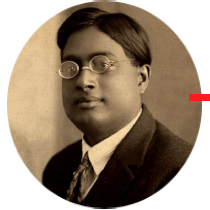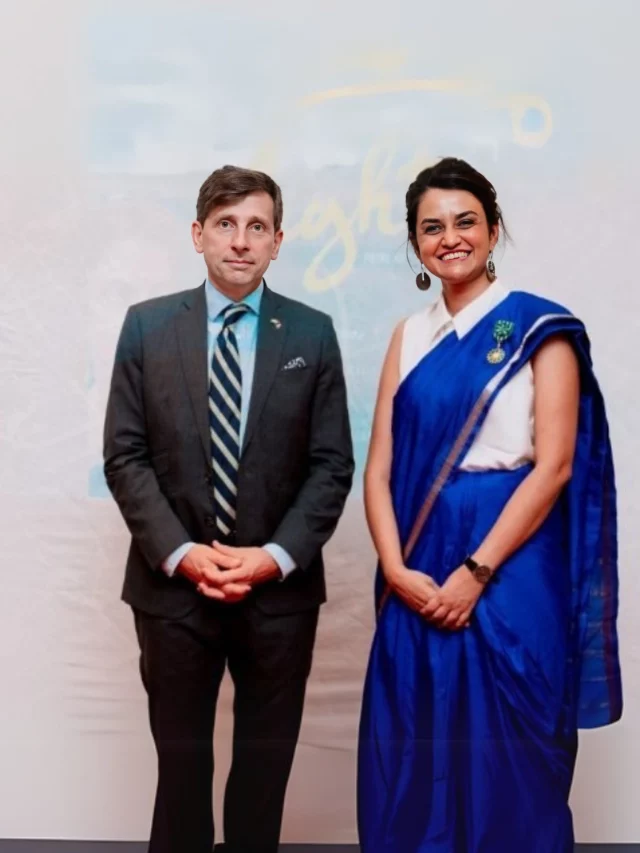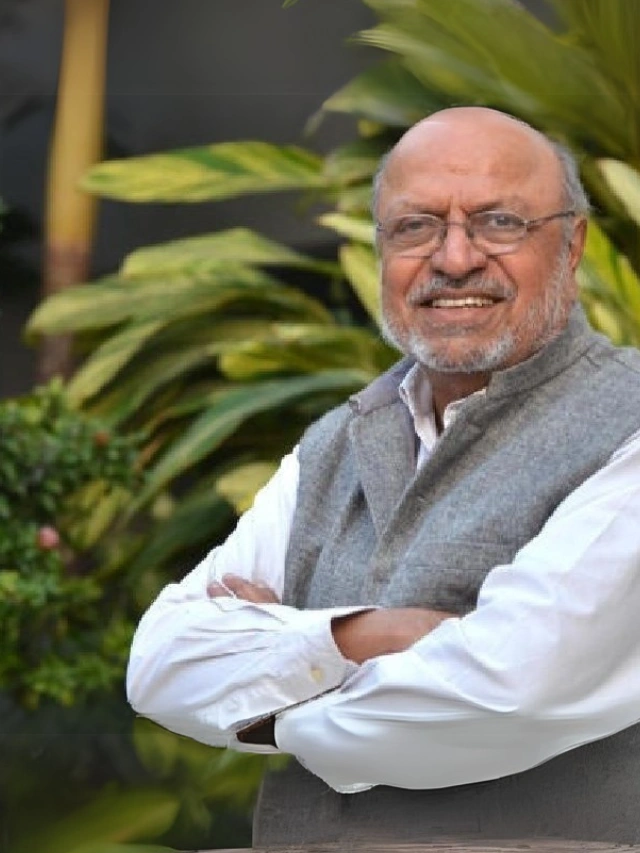
Satyendranath Bose
Satyendranath Bose was a renowned Indian physicist who is known for his contributions to quantum mechanics and statistical mechanics. He was born on January 1, 1894, in Calcutta, India, and went on to become one of the most influential scientists of the 20th century. In this article, we will explore the early life, education, professional life, and achievements of Satyendranath Bose.
CEO’s | Actors | Politicians | Sports Stars
Early Life of Satyendranath Bose
Satyendra Nath Bose, a distinguished name in the realm of theoretical physics, was born in the city of Calcutta (now Kolkata) on January 1, 1894. Bose belonged to a Bengali Kayastha family and was the eldest among seven children, with six sisters following him. His early education began near his home when he was just five years old. Later, when his family relocated to Goabagan, he continued his studies at the New Indian School, and then at the Hindu School. Bose proved his academic prowess early on by securing the fifth position in his entrance examination in 1909. He subsequently enrolled in the Presidency College, Calcutta, where he received an education under the guidance of renowned scholars like Jagadish Chandra Bose, Sarada Prasanna Das, and Prafulla Chandra Ray.
Personal Life of Satyendranath Bose
Bose, a man of wide interests, was a polyglot and a polymath. He was fluent in several languages, including Bengali, English, French, German, and Sanskrit. He enjoyed the poetry of Lord Tennyson, Rabindranath Tagore, and Kalidasa and was a skilled esraj player, an Indian instrument akin to a violin. Bose was married to Ushabati Ghosh in 1914, and together they had nine children, though sadly two passed away during early childhood. He also actively contributed to the community by running night schools, known as the Working Men’s Institute.
Professional Life
Bose’s professional journey is a fascinating tale of intellectual growth and scientific contributions. After completing his Bachelor of Science in mixed mathematics from Presidency College, he joined Sir Ashutosh Mukherjee’s Science College, where he again topped in the MSc mixed mathematics exam in 1915. After his MSc, Bose joined Calcutta University’s Science College as a research scholar in 1916. This period coincided with the advent of quantum theory, which significantly influenced his research direction.
Bose then worked as a lecturer at the Rajabazar Science College under the University of Calcutta from 1916 to 1921. During this time, he co-authored the first English book on Einstein’s special and general relativity, based on German and French translations of original papers, in 1919. In 1921, he became a Reader in the Department of Physics at the newly founded University of Dhaka, where he established new departments and laboratories.
His most significant contribution came in 1924 when he wrote a paper deriving Planck’s quantum radiation law without any reference to classical physics. This paper was instrumental in the development of the field of quantum statistics. Although it was initially rejected for publication, Albert Einstein, recognizing its significance, translated it into German and submitted it on Bose’s behalf.
Awards and Recognitions
Satyendra Nath Bose’s exceptional contributions to the field of theoretical physics earned him great recognition and respect. His work led to the development of Bose statistics and the theory of the Bose condensate, and the class of particles that obey these statistics, bosons, were named in his honor. For his monumental contributions, he was awarded the prestigious Fellowship of the Royal Society. In 1954, he was conferred with the Padma Vibhushan, India’s second highest civilian award, by the Government of India.
Age
Satyendra Nath Bose passed away on February 4, 1974, at the age of 80.
Parents’ Name and Family
Bose was born to Surendranath Bose, who served in the Engineering Department of the East Indian Railway Company. Apart from his six sisters, Bose’s family expanded to include his wife Ushabati Ghosh, and their nine children, two of whom tragically died in their early years. After his passing in 1974, he left behind his wife, two sons, and five daughters.
Salary
Information on Satyendra Nath Bose’s salary during his career isn’t widely available or publicly documented, as is common for individuals in academic and research fields, especially during his era. However, his significant contributions to theoretical physics have left an invaluable mark on the field.
Net Worth
Satyendra Nath Bose’s net worth is not publicly documented or readily accessible. As an academic and researcher in the first half of the 20th century, his contributions were more in the realm of knowledge and scientific advancement rather than measurable wealth. His true legacy lies in his scientific contributions, which continue to shape modern physics.





